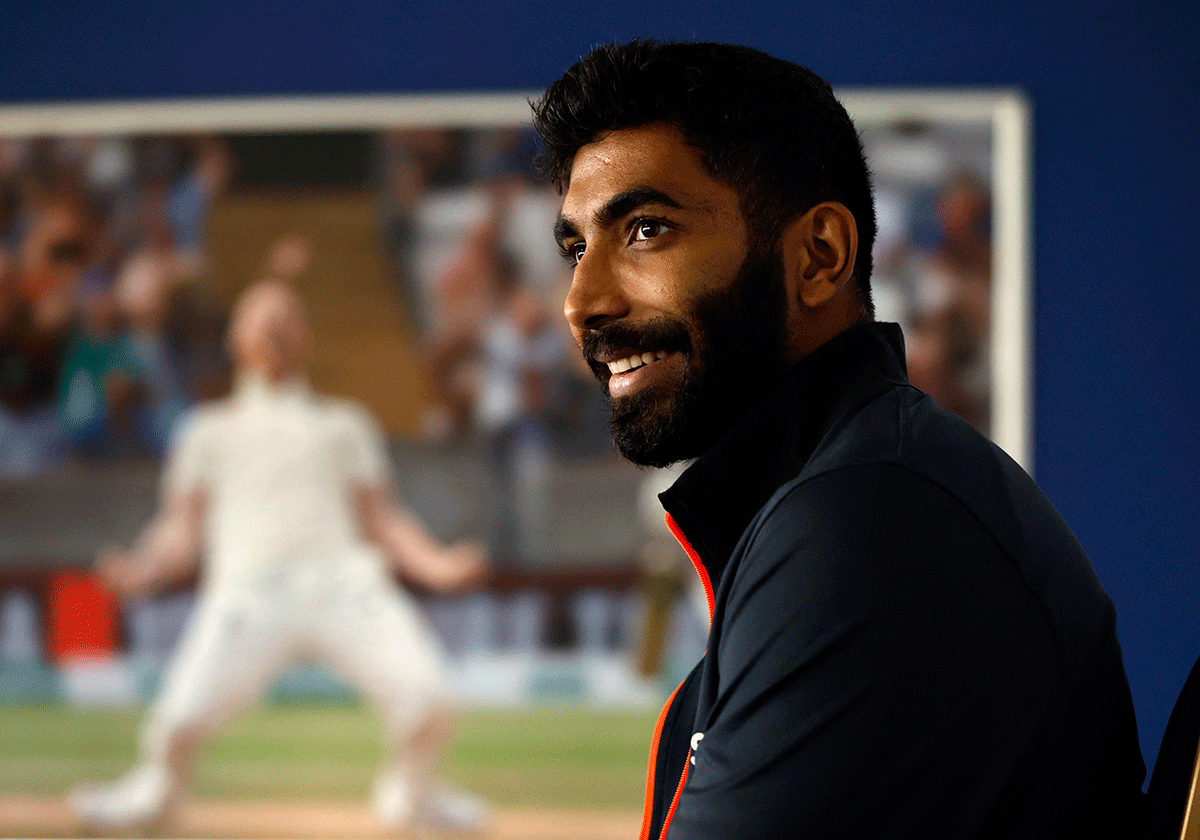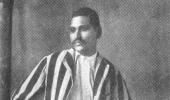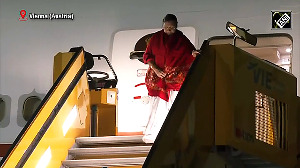One of the reasons why bowlers are rarely considered captains is because they are more susceptible to injuries than batters, argues Vishal Menon.

Jasprit Bumrah, the once-in-a-generation fast bowler, who led India to a magnificent victory in the Perth Test, has no qualms about picking himself as the 'greatest Indian captain'.
'My favourite captain is me. I'm the greatest captain,' Bumrah proclaimed in an interview for a leading publication earlier this year.
Bumrah walked out for the toss in Perth with Pat Cummins, another talented pacer who was picked to lead Australia three years ago.
Apart from the one-off Test from Ray Lindwall in 1956, Australia has never appointed a fast bowler to skipper their team in the game's longest format.
All-rounders Monty Noble and Jack Ryder were captains more than a century ago, while Richie Benaud, another all-rounder, led Australia from 1958 to 1964.

Across other teams, Shaun Pollock led South Africa with poise in the turbulent post-Hansie Cronje era.
Under Imran Khan, Pakistan cricket underwent a tectonic shift. Khan's stint was followed by Wasim Akram and Waqar Younis.
The West Indies relied on the indefatigable pursuits of Courtney Walsh through the late 1990s.
Heath Streak was Zimbabwe's undisputed leader for more than a decade, while Bob Willis was the last fast bowler to captain England.
Last month, Tim Southee stepped down as New Zealand Test captain after the 2-0 loss to Sri Lanka. But they were, by and large, exceptions to the rule.
Of the 10 bowlers to take 50 wickets or more as a Test captain, seven have a better bowling average as skippers.
Nevertheless, cricket establishments become conservative and rarely go against the grain. It remains one of cricket's biggest mysteries: Why do bowlers rarely become captains?

Benaud remarked that Keith Miller, the mercurial all-rounder from the post-War era, was the best captain Australia never had. The same can be said about Shane Warne.
Cricket's greatest spin bowler was considered too erratic on and off the field for such a prestigious post.
Even though Warne captained Australia in only 11 ODIs, the world saw his leadership skills in the opening season of the Indian Premier League (IPL), when he led a less-fancied Rajasthan Royals to their only title triumph.
Warne's captaincy in the 2008 IPL season was aggressive, vibrant, and in the words of Benaud, 'he brought his gambling instincts onto the field.'
One of the reasons why bowlers are rarely considered captains is because they are more susceptible to injuries than batters.
The bowling captain's primary skill is being utilised concurrently while he is required to call the shots on the field.
In the compelling book titled The Art of Captaincy, former England captain Mike Brearley argued that bowlers often struggled more than batters when appointed captains.
'It takes an exceptional character to know when to bowl, to keep bowling with all his energy screwed up into a ball of aggression, and to be sensitive to the needs of the team, both tactically and psychologically,' he wrote.

India won the 1983 World Cup under Kapil Dev. In the 1970s, Bishan Bedi and Srinivasaraghavan Venkataraghavan shared the captaincy duties, while left-arm spinner Vinoo Mankad skippered for six Tests from 1955 to 1959.
Perhaps, Anil Kumble was India's most under-rated captain. The leg-spinner took over from Rahul Dravid in 2007.
Kumble led in 14 Tests during the period of transition, including in the infamous 2007-2008 series in Australia. 'I became a captain by default because no one else wanted it,' Kumble had said.
Left-arm pacer Zaheer Khan had the credentials for the top role, but was ignored. Apart from being a bowler of skill and intelligence, Khan also had a keen eye for talent.
In 2001, it was Khan who suggested the then captain Sourav Ganguly to elevate Virender Sehwag as an opener.
For Bumrah the captain to be successful, he needs Bumrah the bowler to be fit and firing.
Feature Presentation: Rajesh Alva/Rediff.com













 © 2025
© 2025